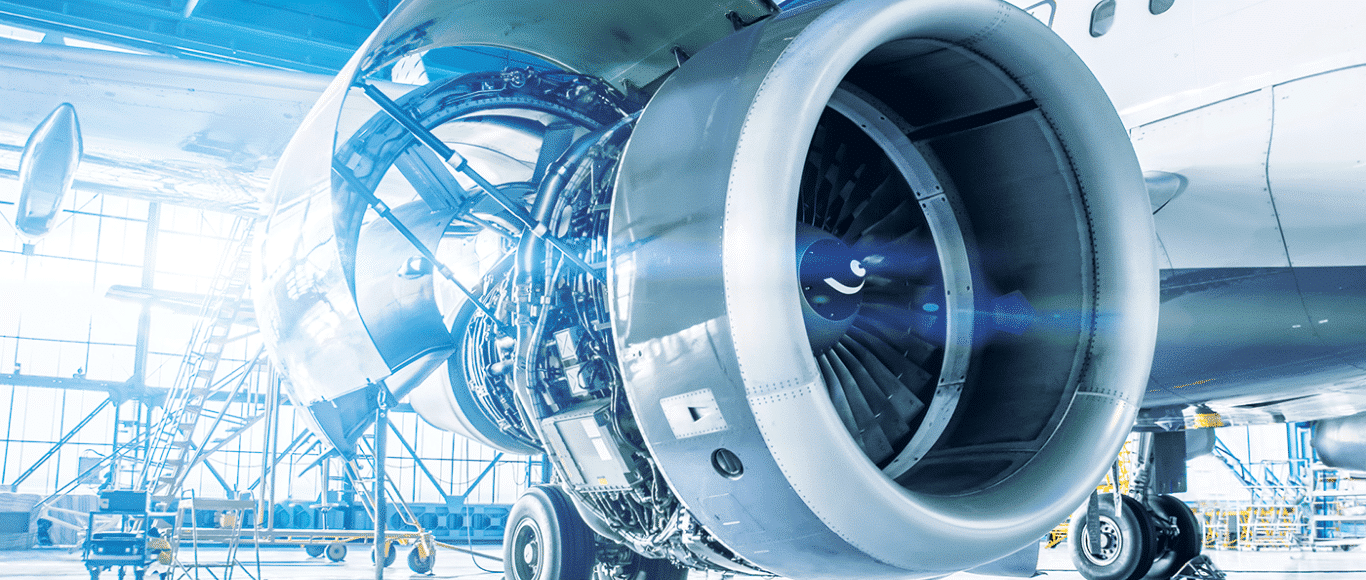Aerospace
Assembly
CASE STUDY



THE SITUATION
The manufacture of aircraft has changed enormously in recent years. The main difference: Instead of being assembled in one spot, most aircraft today are built on moving assembly lines similar to those used by automakers. Most aerospace manufacturers, however, still rely on outdated wheeled transporters and overhead cranes to move aircraft through the various manufacturing stages.
Bombardier Aerospace, the third-largest airplane manufacturer in the world, wanted to modernize and streamline work at its Toronto, Canada, factory. The company turned to Airfloat, with its decades of aerospace experience, for a custom air caster solution.
THE SOLUTION
The Result
Bombardier has experienced significant productivity and ergonomic gains thanks to the new Airfloat equipment. Previously, workers wasted precious minutes preparing to move aircraft; hydraulic jacks had to be inserted and raised, lifting straps had to be secured, etc. Today, the aircraft are built from the ground up on Airfloat transporters, which automatically travel from workstation to workstation – without a driver.
















